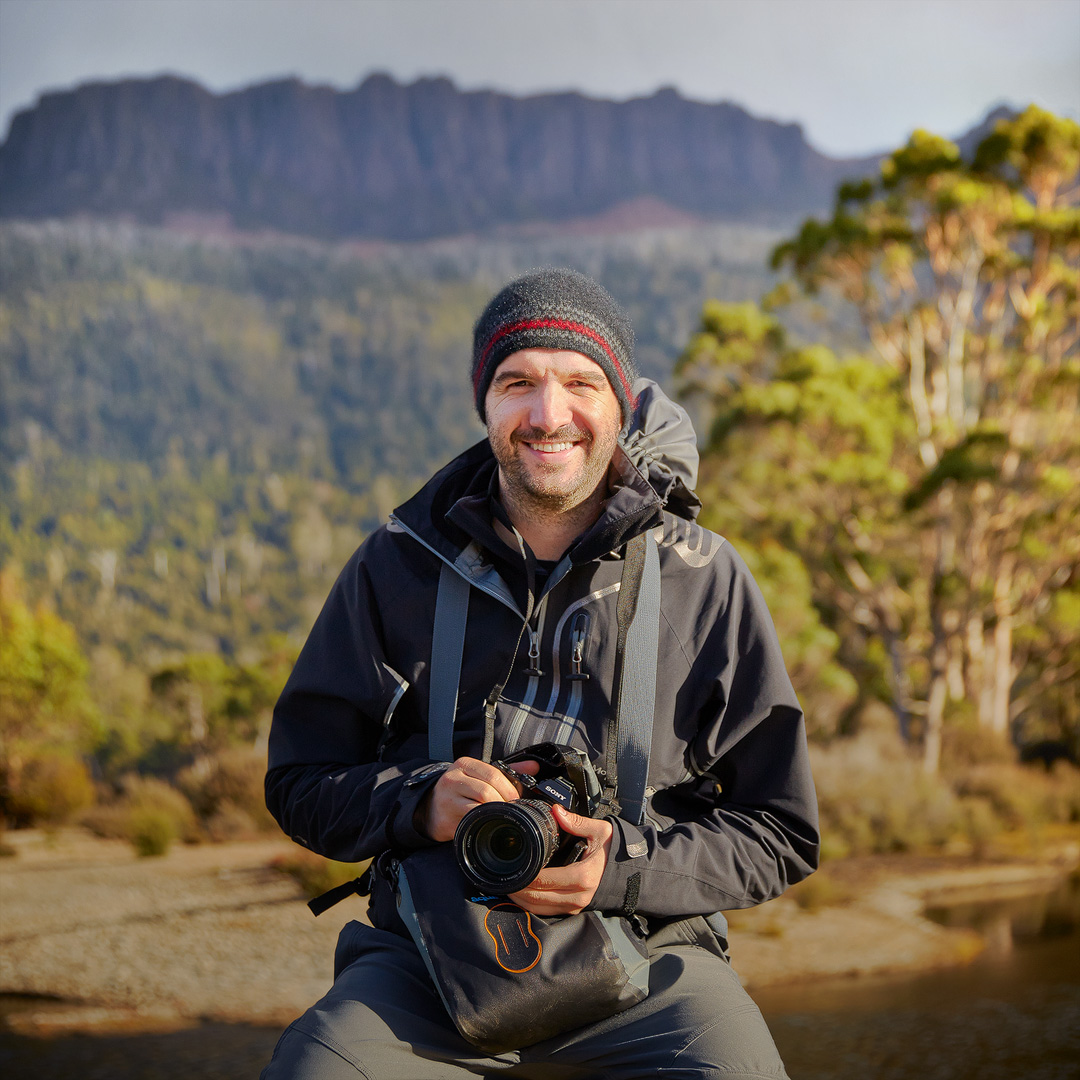The story behind the photo: ‘Desert Tower’ by Luke Tscharke

Luke Tscharke was recently crowned winner of the Monochrome category in the 2023 Australian Geographic Nature Photographer of the Year (AGNPOTY) competition.
His winning image, titled Desert Tower, shows a kurkara/desert oak (Allocasuarina decaisneana) stretches skyward beneath the towering monolith of Uluru.
Can you tell us the back story of this photo?
The image was captured on a walk around the base of Uluru. I was there with the focus of shooting astrophotography; however, on our trip there during the day, I was captivated by the desert oak trees. I wanted to find a unique way to represent the trees and felt that photographing from a low vantage point would accentuate the coarse bark of the tree and provide a great contrast against the rock wall of Uluru.
What is your connection to the subject matter?
I love photographing in infrared as I can capture landscapes in light that we can’t even see. By combining this with these beautiful desert trees, I was able to represent the scene in my own way.
Where is it taken, and what led you to this site?
The image was taken at the base of Uluru in Uluru-Kata Tjuta National Park. The base walk is a popular attraction in the park and offers incredible photography opportunities.
Were you unexpectedly there or had you planned to cover this moment?
I was at Uluru to photograph the night sky; however, during the day, we elected to go on a base walk as an activity. I captured this image along with a series of other infrared captures that day. On bright sunny days, there is a lot of infrared light, providing great contrast.

What are the technical challenges of photographing this kind of scene?
There is a wide dynamic range in a scene like this, with deep dark shadows and very bright highlights in the sky. The exposure had to be selected carefully, and thankfully the light balance was softer in infrared.
How did you prepare to take this image?
There was very little to this image. It was captured very spontaneously, and there was very little to be done in post-processing. The strong contrasts of the infrared scene certainly helped.
Did you have special equipment?
I was using a modified Sony A7R full-frame mirrorless camera. The modification was to remove the original ‘hot-mirror’ filter within the camera that sits in front of the sensor. This has the job of filtering out infrared light, which is generally undesirable in colour images. This filter was replaced with an 850nm infrared filter that effectively blocks all visible light and only lets infrared light in. The camera can now only photograph infrared light, and this opens up a new world of possibilities.
Have you covered this topic/subject before?
I don’t believe I had photographed infrared in the Northern Territory before, so it was something different. I’d love to return and capture a new series of images.
Why is this form of photography important to you?
Landscape photography for me is about sharing the beauty of the world with others. Doing this in monochrome infrared is quite amazing because you can help people see the world they know in a totally different way and perhaps help them understand it differently.
Any additional thoughts?
I’m very honoured to win the Monochrome category prize this year. I have been entering the competition since 2015, so it is nice to be recognised with a result like this. The competition is run incredibly well, and it is always fantastic to be associated with it.





